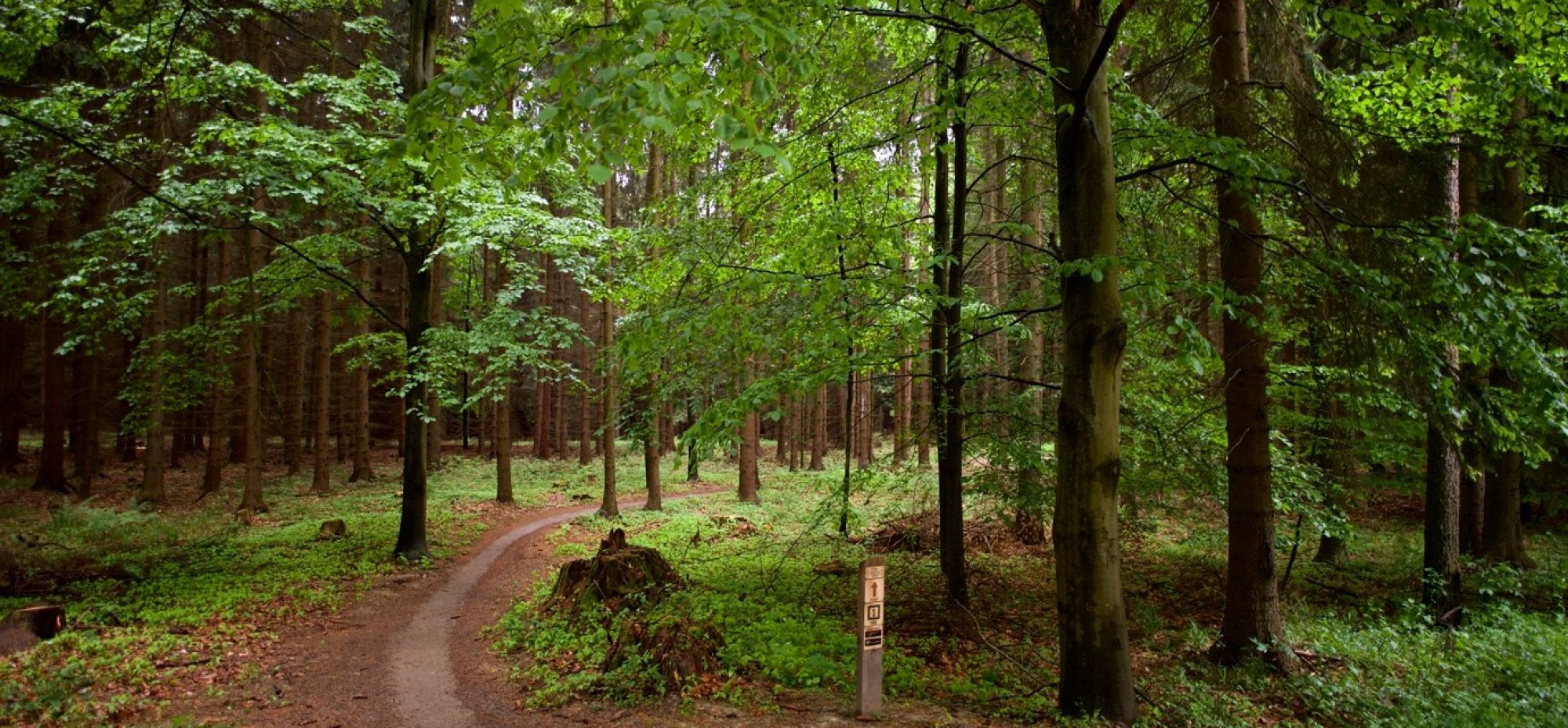What is a MODEL FOREST?
A Model Forest is both a geographic area and an approach to the sustainable management of landscapes and natural resources. Geographically, a Model Forest must encompass a landbase large enough to represent all of the forest’s uses and values. They are a fully working landscape of forests, farms, protected areas, rivers and towns. The approach is based on flexible landscape and ecosystem management that combines the social, environmental and economic needs of local communities with the long-term sustainability of large landscapes. The approach links a comprehensive mix of stakeholders, natural resource users and land use sectors within a given landscape and helps create a common vision of sustainability and constructive dialogue involving all stakeholders.
The first Model Forest was established in Canada in the early 1990s as a response to a period of intense conflict in the country’s forest management. Its approach offered a way out, showing the possibility of finding common solutions, provided that all stakeholders are included in the management process. Sustainability seen in this context involves identification of a common vision and a set of goals, devising a governance structure and a strategic plan and follow-up cooperation whose aim is to achieve the goals set out in the plan. The approach should promote trust and transparency and increase the willingness to implement innovative solutions.
A Model Forest is built around three basic aspects:
a) Landscape:
a large area representing a broad range of forest values, including environmental, economic, social and cultural interests.
b) Partnership:
a neutral forum that welcomes voluntary participation of all stakeholders.
c) Sustainability:
the stakeholders are committed to the conservation and sustainable management of natural resources in the landscape.
Principles of a Model Forest
The basic aspects central to a Model Forest are developed in accordance with the IMFN principles:
a) Partnership
A Model Forest is a neutral forum accessible for all representatives of the stakeholder interests in the landscape representing different values and interests of the different sectors working towards a common vision.
b) Landscape
A Model Forest is a geographically defined area encompassing diverse ecosystems, resource managements and tenure arrangements. The landscape reflects the diverse interests and values of all stakeholders.
c) Sustainability
Model forest management promotes sustainable management of natural resources which involves the equitable distribution of economic and social benefits derived from natural resources.
d) Governance
Management of natural resources is built on equality and balance of three basic principles: economic, environmental and social. Model forest management is participative, transparent, accountable, relying on cooperation of stakeholders, promoting understanding and consensus. A Model Forest is a forum for conflict resolution and decision-making, it respects the interests and values of all stakeholders, any of whom can express their views and influence the decision- making process.
e) Programme of activities
The activities undertaken in a Model Forest are reflective of the needs and values of the stakeholders. They are a result of effective and strategic planning, introduce new and innovative processes and ideas in the sustainable management of natural resources, making use of scientific and traditional knowledge.
f) Knowledge-sharing and capacity building
A Model Forest builds stakeholder capacity on the local level but also contributes to national capacity building so as to involve all stakeholders in the participatory system of sustainable management of natural resources and encourage them to share their results and raise awareness through the Network. Intensive exchange of experience and knowledge, as well as collaborative projects take place among different Model Forests. Model Forests share their achievements and lessons learned locally, nationally and internationally, using activities aimed at strengthening the entire Network. Model Forests undertake and promote training and mentorship of the general public, young people as well as specialists.
